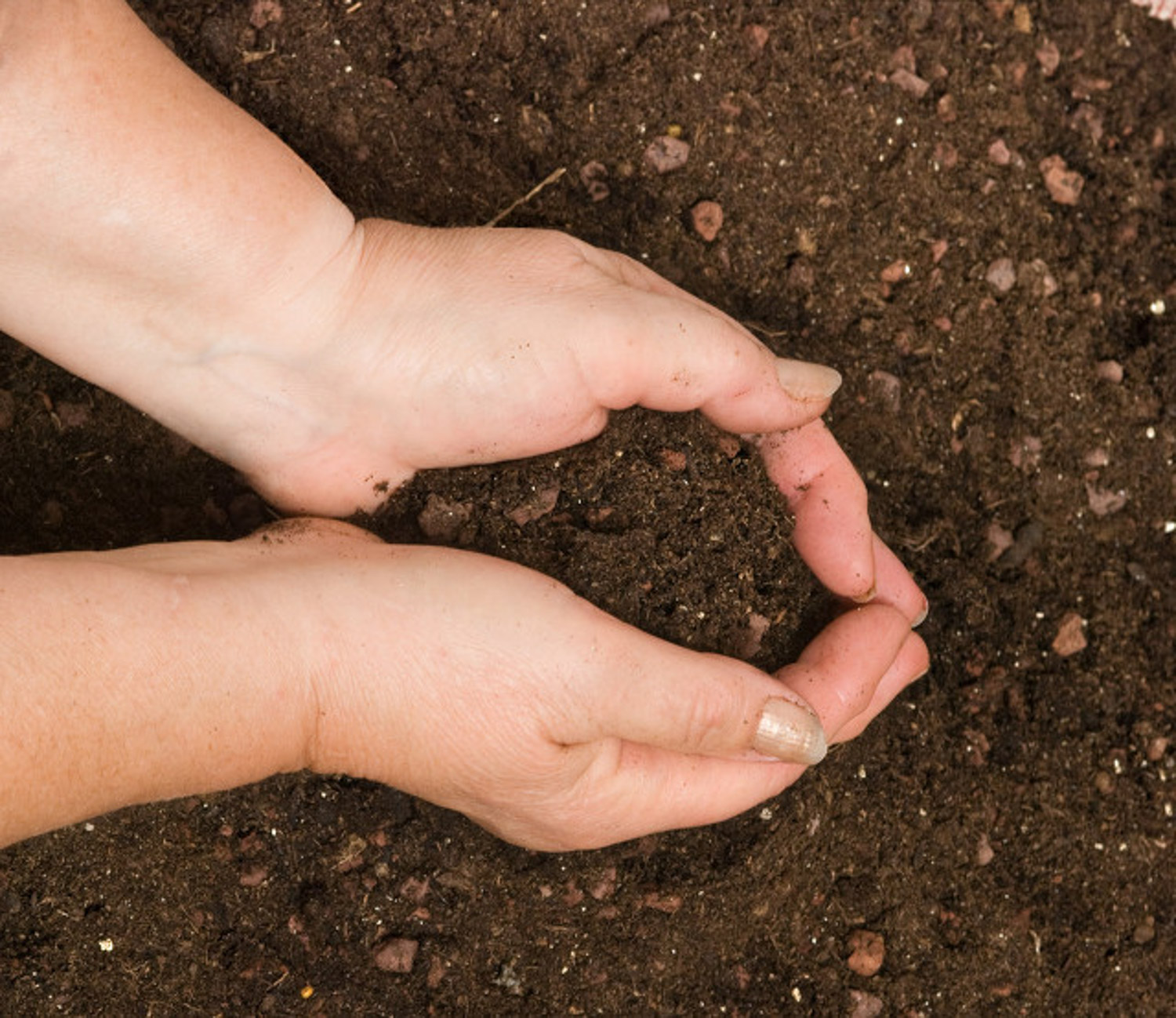Introduction to mountain soil
Mountain soil, also known as mountain soil, is a kind of mountain forest soil, which is mixed with the soil after long-term accumulation and decay of dead branches and leaves in the forest
Mountain soil composition
Mountain soil is rich in various organic matter, humic acid formed after branches and leaves decay, and a small amount of vitamins, trace elements, auxin and so on

Characteristics of mountain soil
Advantages
First, the mountain mud is light and loose, with good water permeability and air permeability
Second, the mountain soil has a strong ability to maintain fertilizer, and the sustainability of fertilizer and water is relatively long
Third, the particles of mountain soil will not disperse when encountering water, and the water holding capacity is strong
Fourth, the mountain soil has many pores. The soil with long-term application of mountain soil is not easy to harden and easy to be absorbed by plants
Fifth, the mountain soil contains various nutritional elements, such as various organic matter, humic acid and a small amount of vitamins, auxin and trace elements, which can effectively promote the growth and development of plants
Sixth, the high temperature during the decomposition and fermentation of mountain soil can kill the bacteria, insect eggs and grass seeds, which can effectively reduce the harm of Cordyceps sinensis

Shortcomings
The soil quality of mountain soil is acidic, which is not suitable for plants that like alkali or neutral soil
Suitable plants for mountain soil
Mountain soil can be used to grow azalea, camellia and other acid loving flowers, as well as orchids

 jackfruit
jackfruit snake plant
snake plant hibiscus
hibiscus hydrangea
hydrangea lavender
lavender Green roses climb al...
Green roses climb al... If you don't pay att...
If you don't pay att... Management of four g...
Management of four g...

































